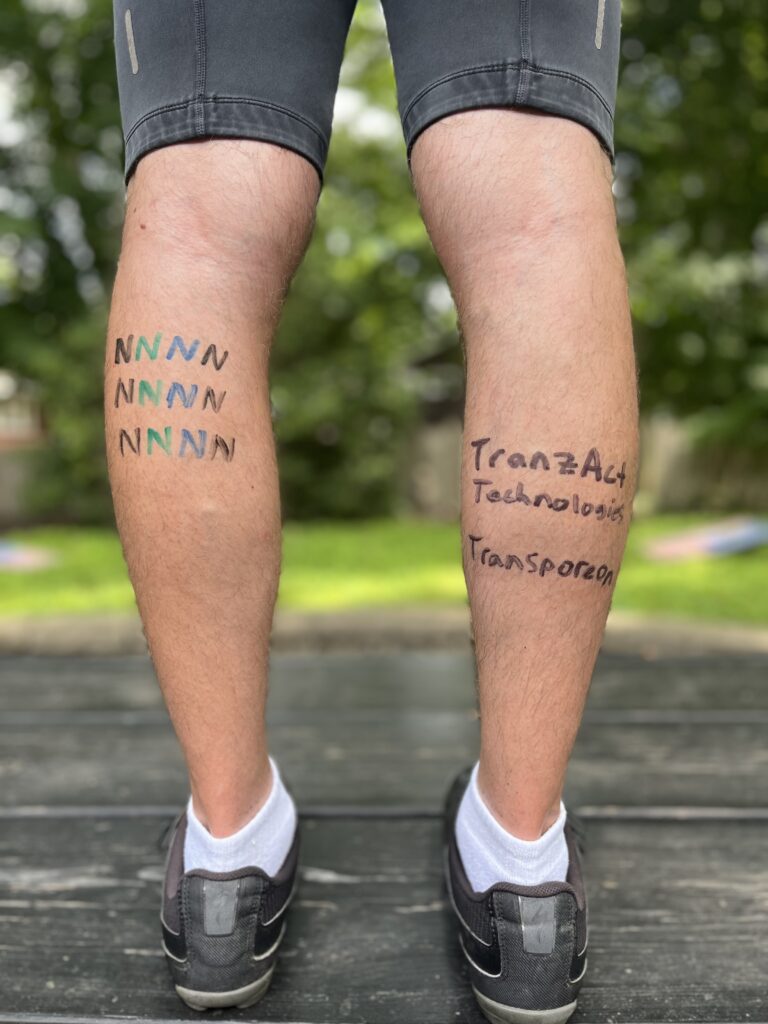We’ve all experienced it: we order a small item online, like a pen, and it arrives in a box large enough to fit a toaster oven.
Not only is this a waste of packaging material, it’s also a waste of space on trucks. Companies are effectively paying for shipping air.
In late June 2024, the New Jersey Senate passed a bill that, if enacted, “would restrict the size of shipping boxes that ‘certain retailers’ can use when shipping products to consumers,” according to a Logistics Manager article by James McLoughlin. Here’s an excerpt from the article:
The bill, S226, is sponsored by state senators Bob Smith and John McKeon, both Democrats. It passed in the New Jersey Senate, following a 21-15 vote on 28 June 2024. S226 would “prohibit any large online retailer or major retailer in the State of New Jersey from utilizing a shipping box to ship a product to a consumer that is greater than two times the volume of the product being shipped.”
“Large online retailer”’ in this context refers to any business that “sells goods over the internet, sends goods by mail or parcel delivery, and has annual gross sales equal to or greater than US$1 million in or into the state,” while “major retailer” refers to any retail establishment that “occupies at least 75,000ft² and has 50 or more employees.”
I’m not sure legislation is actually needed to address this problem, especially since companies are already taking action and there is a strong business (and environmental) case for it. I can think of many other priorities worth addressing, like fixing roads and bridges. Then again, I suppose there are worse things they can waste their time on.
Coincidently, or not, Amazon announced in late June “its largest reduction in plastic packaging in North America to date.” According to the press release:
We’re constantly inventing and thinking big to make our packaging small. We want to ensure that customers receive their items undamaged, while using as little packaging as possible to avoid waste, and prioritizing recyclable materials.
The removal of 95% of our plastic air pillows [using paper filler instead] is another step in our path to avoid and reduce packaging—and part of our multi-year effort to remove plastic delivery packaging from North America fulfillment centers. To date, this will be Amazon’s largest plastic packaging reduction effort in North America and will avoid nearly 15 billion plastic air pillows annually. For Prime Day this year, nearly all of our customer deliveries will not contain plastic air pillows.
Over the past few years, I’ve highlighted how companies like Sealed Air and IKEA have made packaging changes that have resulted in significant transportation savings, among other benefits (see “Bubble Wrap Loses Its Pop For Logistics Cost Savings” and “Where To Find Significant Transportation Cost Savings”). And technology exists, such as Paccurate’s parcel packing intelligence platform, that “helps shippers make better packaging decisions, and provides complete control over how every order is packed.”
We’re revisiting this topic again with our Indago supply chain research community. In this week’s survey, we’re asking our members — who are all supply chain and logistics executives from manufacturing, retail, and distribution companies — “Has your company made any packaging changes that improved transportation or warehousing operations? How would you characterize the opportunity that exists at your company to realize transportation or warehousing benefits if changes were made to product and/or packaging designs? What do you see as the biggest potential benefits?”
It’s not too late to take the survey. If you’re a supply chain or logistics practitioner from a manufacturing, retail, or distribution company — and you’re interested in learning from your peers and taking this week’s survey — I encourage you to learn more about Indago and join our research community. It is confidential, there is no cost to join and the time commitment is minimal (2-4 minutes per week) — plus your participation will help support charitable causes like Breakthrough T1D (formerly JDRF), American Logistics Aid Network, American Cancer Society, Feeding America, and Make-A-Wish.
In the meantime, what do you think? Does your logistics team collaborate with your product and packaging designers to factor in logistics considerations into their designs? Have you had any success in enabling logistics benefits via improved product/packaging design?
How many Ns and names can I fit on my legs?
Shifting gears, this coming Saturday, I will be cycling 100 miles in hilly Burlington, VT in support of Breakthrough T1D and its mission to turn Type 1 Diabetes into Type None.
I’ve got 24 hours to raise $1,177 to reach my fundraising goal.
For every $25 raised between now and Friday afternoon I will write a letter N (for Type None) on my left leg for ride day. Anyone (or any company) that donates 10 N’s ($250) or more gets their name written on my other leg.
Add your N or name to my leg by making a tax-deductible donation here: http://www2.breakthrought1d.org/goto/ll4t1dcureteam
A big thanks to everyone who has donated so far, and to TranzAct Technologies Inc. and Transporeon for supporting our Logistics Leaders for T1D Cure Team.
As you can see, I can still fit many more Ns and names on my legs. And if I run out of leg space, I’ll write Ns and names on my arms, and if needed, I’ll write them on my bald head too!

How many Ns and names can I fit on my legs? Help me find out, but more importantly, help me turn Type 1 Diabetes into Type None for my daughter Hannah and everyone living with T1D.
Thank you for listening and your support!










